When will it end? Will we ever travel freely again? What restrictions will be in place? Is COVID-19 going to limit my experience?
2020 was a year of little travel for me, pretty ironic for somebody named Navigator Nick. Shesh…
Over the last year, I’ve traveled to and from Montana, Wyoming, Arizona, Michigan, Indiana, and Wisconsin. The good thing was that only three of those places required me to get on a plane.
Below are five tips to help you avoid panic while traveling in the near future.
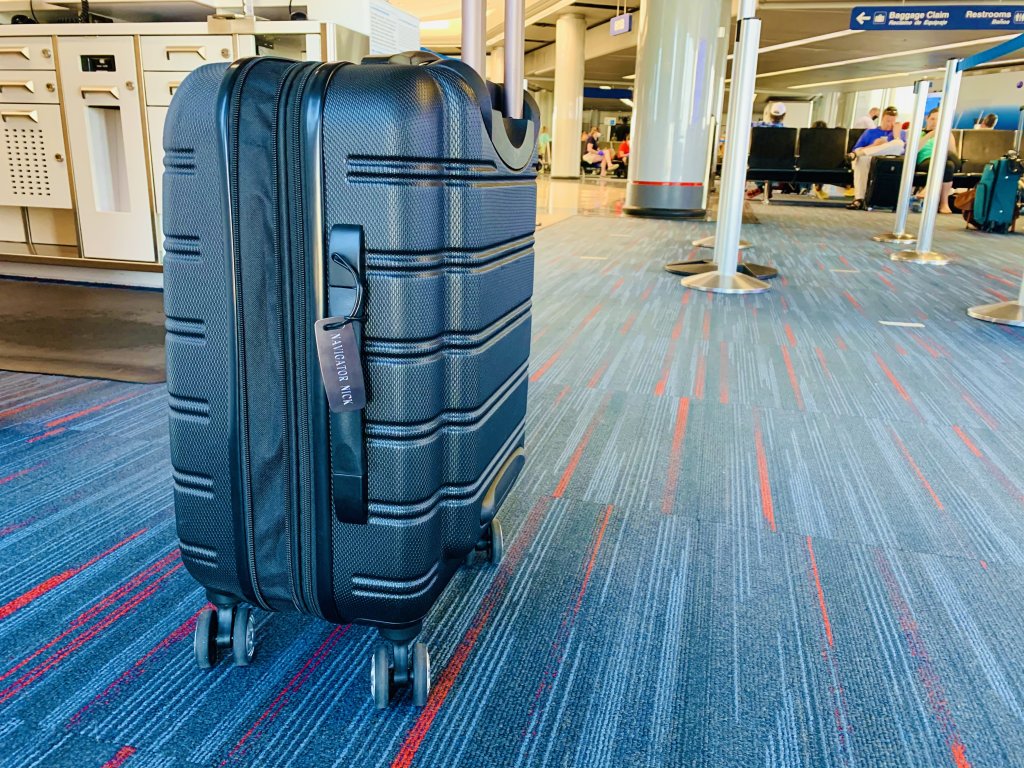
1. Avoid international travel
With so many restrictions and government laws, seemingly changing daily, its best not to get caught off-guard in another country that requires you to fly. It’s going to be a lot safer to travel by car. If you can get to another country via car, you have a far better off chance of protecting yourself and social distancing from COVID-19.
2. Not Checking Cancellation or Change Policies Before Booking Flights
Most of us have heard the stories of travelers who lost thousands of dollars on a canceled trip in 2020 that wasn’t covered by their airlines, their booking company, theur travel insurance, etc,. Before you click add to cart, book, finish….beware first of the cancellation and change policies.
When purchasing insurance policies during the pandemic, as many programs do not cover claims arising from COVID-19. Look for information directly on the company’s website.
Many airline carriers are now offering exceptional change and cancellation policies during the pandemic. Policies do vary by airline and business, so it’s always best to visit the website and look for the COVID-19 resource page for more information. If using a travel agent or booking a multiday tour, make sure you are aware of their policies as well.
Related: Airlines Drop Change Fees
Note, at one point airlines claimed to be leaving the middle seat open. However, they have since changed their stand, so prepare accordingly if you must fly.
3. Not Taking COVID-19 Precautions When Picking Accommodations
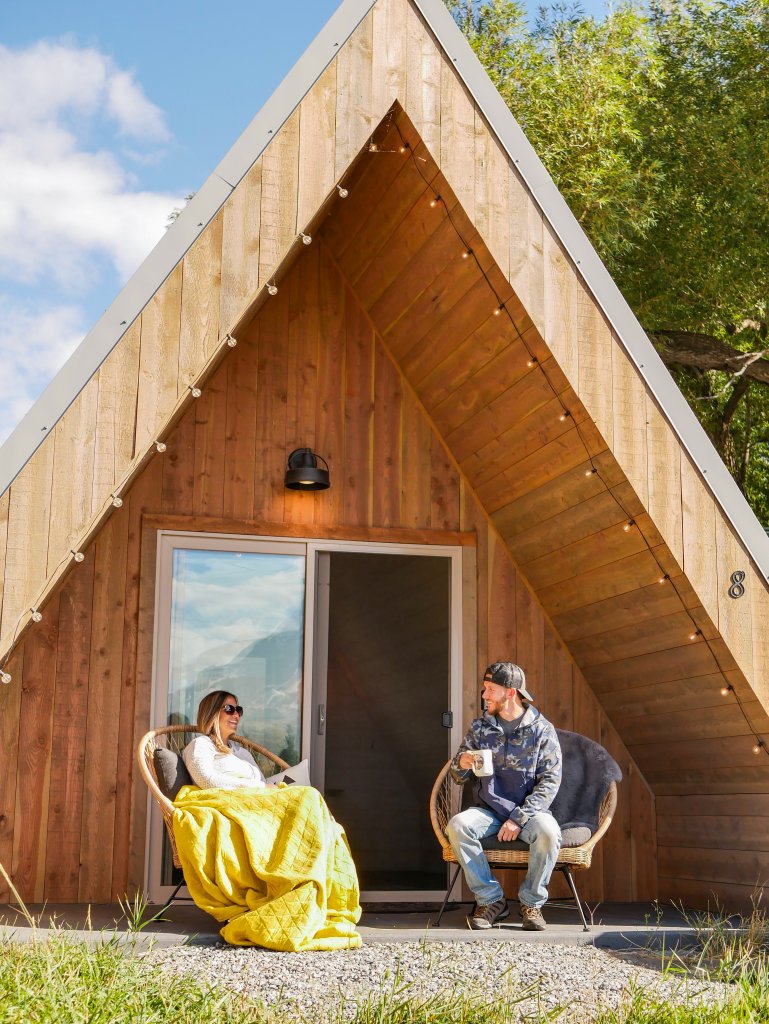
By now, I hope you’ve decided to take a car and avoid flying if possible.
Next, it’s time to think about accommodations. Similar to airlines, the same applies here: Check the business website’s main page and confirm the cancellation policy before booking. Many hotels and hosts of self-catering apartments are offering flexible cancellation policies to lure in reservations.
This amazing A-Frame Cabin in Emigrant, Montana, was a self-service Airbnb.
We arrived at the Tiny Town Campground and used a key pad to unlock the key to our cabin. Inside the cabin were directions to access the batthouse and kitchen, which used another keypad code. GENIUS!
It would be a great idea to pick accommodations that avoid human contact. Orif you’re interested in staying in a Holiday Inn, Marriot, etc., pay close attention to the lodgings website and social media sites to get a sense of how much the facility is doing to implement a COVID-19 protection policy.
4. Not Bringing Enough PPE for Your Trip
Masks, sanitizer, wipes, gloves…oh my! Traveling during the COVID-19 pandemic will certainly heighten your anxiety levels, but preparation will help.
Let’s start with airports. Airports suck, they always have… but now the experience is even worse. Many bars and food outlets are not operating, and even if you have access to the lounge, they’ll likely be closed, too. Each airport will be different, so make sure to have some food and drink on hand, just in case, and find a place to sit away from the crowds.
Now, let’s talk about the flight. Make sure to pack enough masks, gloves, and sanitizer in your carry-on for the entire journey.
Related: Top 10 Carry-On Items
The few flights that I did take offered “snack bags” as you boarded the plan. Inside was water and a small bag of pretzels.
Just know, pack as much PPE for your trip as you’ll need. Sure, you’ll likely be able to find masks in most places, but it’s best to be safe. Gloves are harder to find on the road, and I do prefer to wear them on some occasions (elevators, grocery stores, and during cash transactions). Having several bottles of sanitizer is a must, too.
5. Forgetting to Get a COVID-19 Test Before Flying
Again, if you must fly, be prepared. ANd this might come as no surprise, but get tested for COVID-19 before the day of your flight. I’d recommend getting tested three to four days before your flight leaves, so you have some time before your flight to receive your results.
If you’re traveling abroad, most countries that mandate a test require a negative certificate that has been issued within 72 hours of boarding. Schedule a test two mornings before your departure, so that you receive your certificate the same evening and can print it out in preparation for your flight.
Related: US Tourists Can Travel To These Countries
So, what’s in a test? Perhaps this is your first nasal swab. During the COVID-19 pandemic, I’ve had a nasal swab two times. Luckily, it only takes about 30 seconds. Some testing sites run things differently. You may be doing the test yourself while a trained assistance watches or your nurse may do it for you at your Dr’s office. Once the test results are in, you will get an email or a call about your current stats.
Don’t forget to print out several copies of your negative certificate and put it somewhere safe before heading to the airport. Or, better yet, take a picture with your cell phone so it’s always with you.
Have you got a COVID-19 test done yet? What was your experience? Leave a comment in the section below.

 Previous Post
Previous Post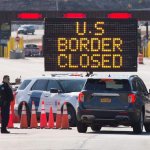 Next Post
Next Post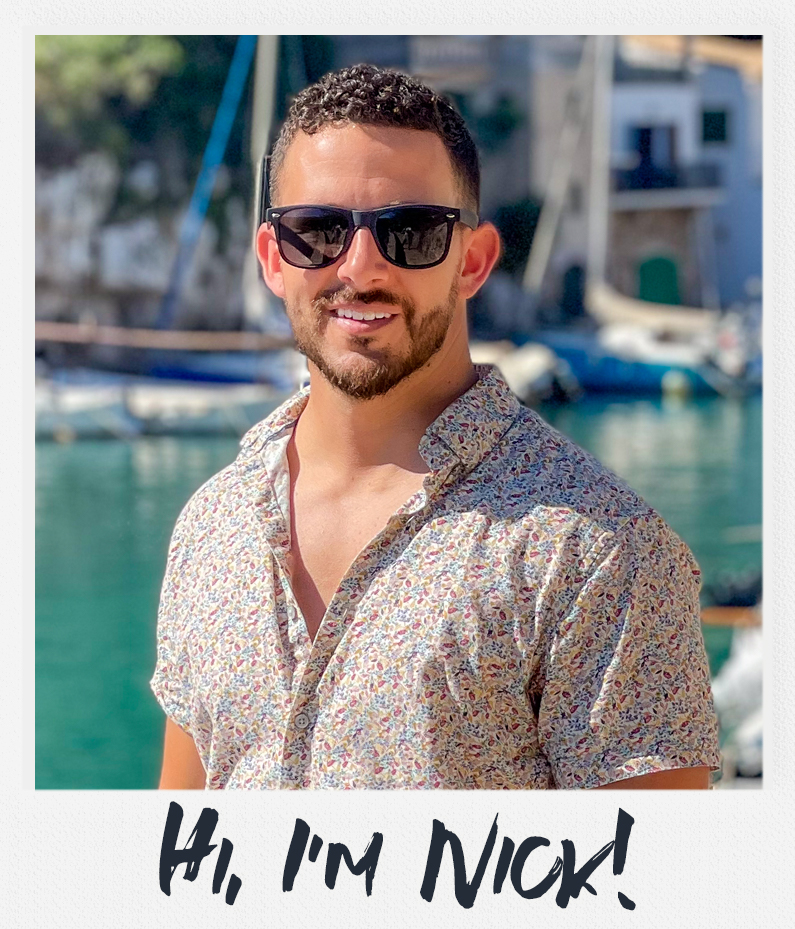


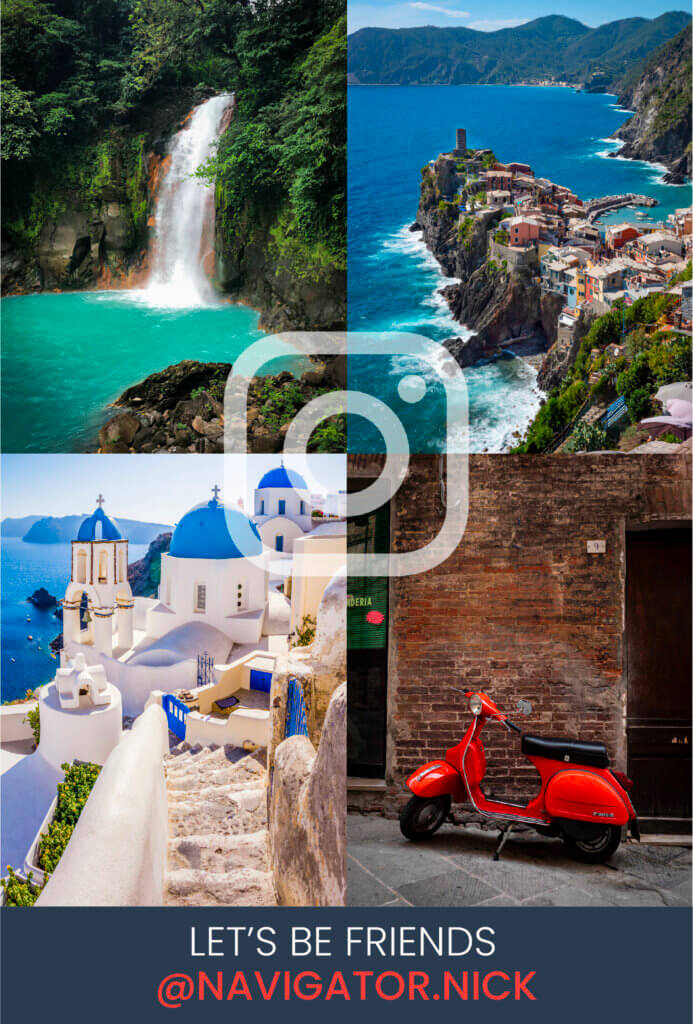


This was helpful information, especially during this time. I think traveling is going to look remarkably different post-covid because I think more people are considering the health of themselves and others more when it come to going places.
Do you think “travel will look remarkably different post-covid” depending on age or just in general? I think it will look modified (better health standards and etiquette) but I don’t think it will completely change. I hope this teaches people to live for today, travel more, live the dream, because tomorrow is never promised.